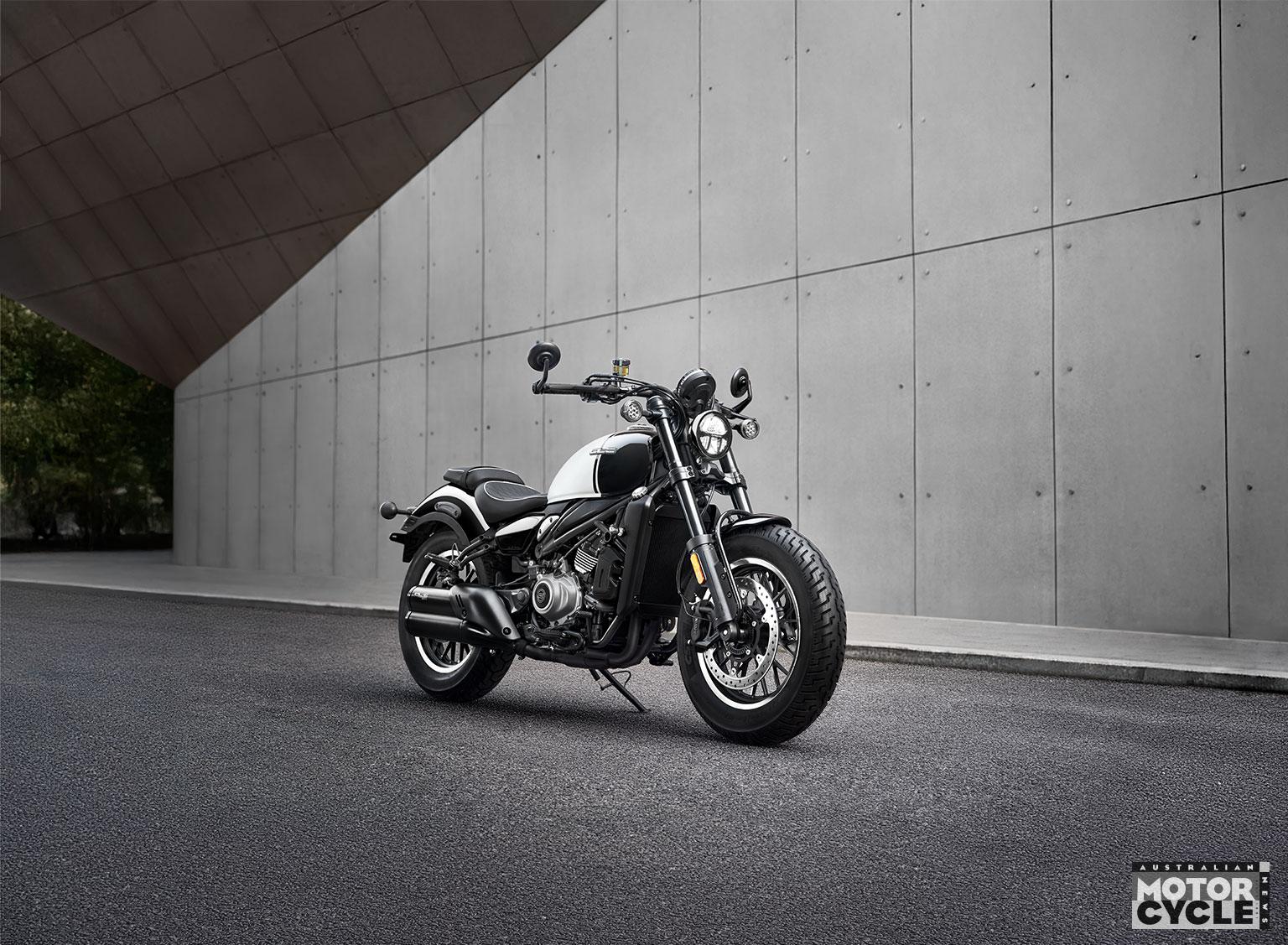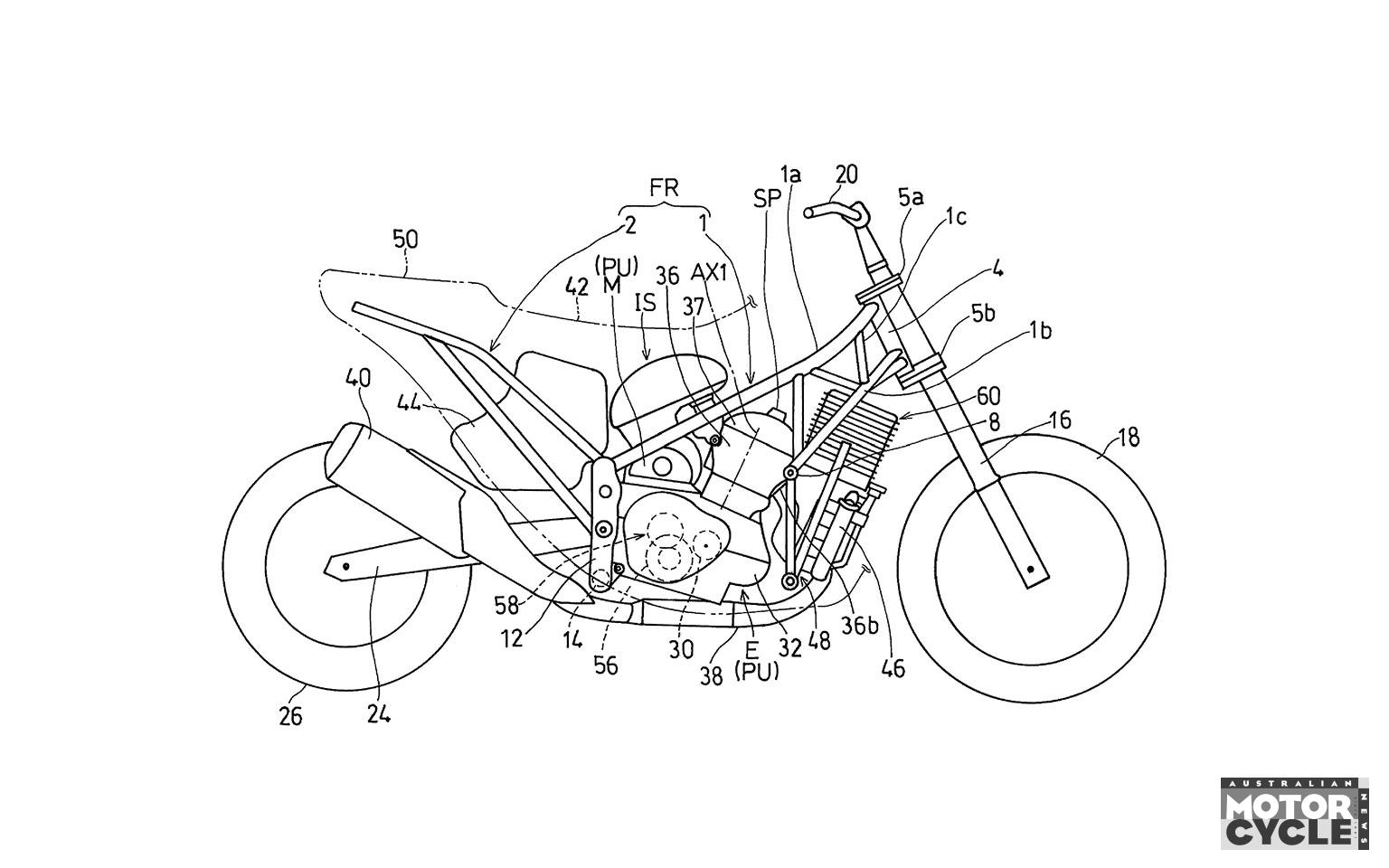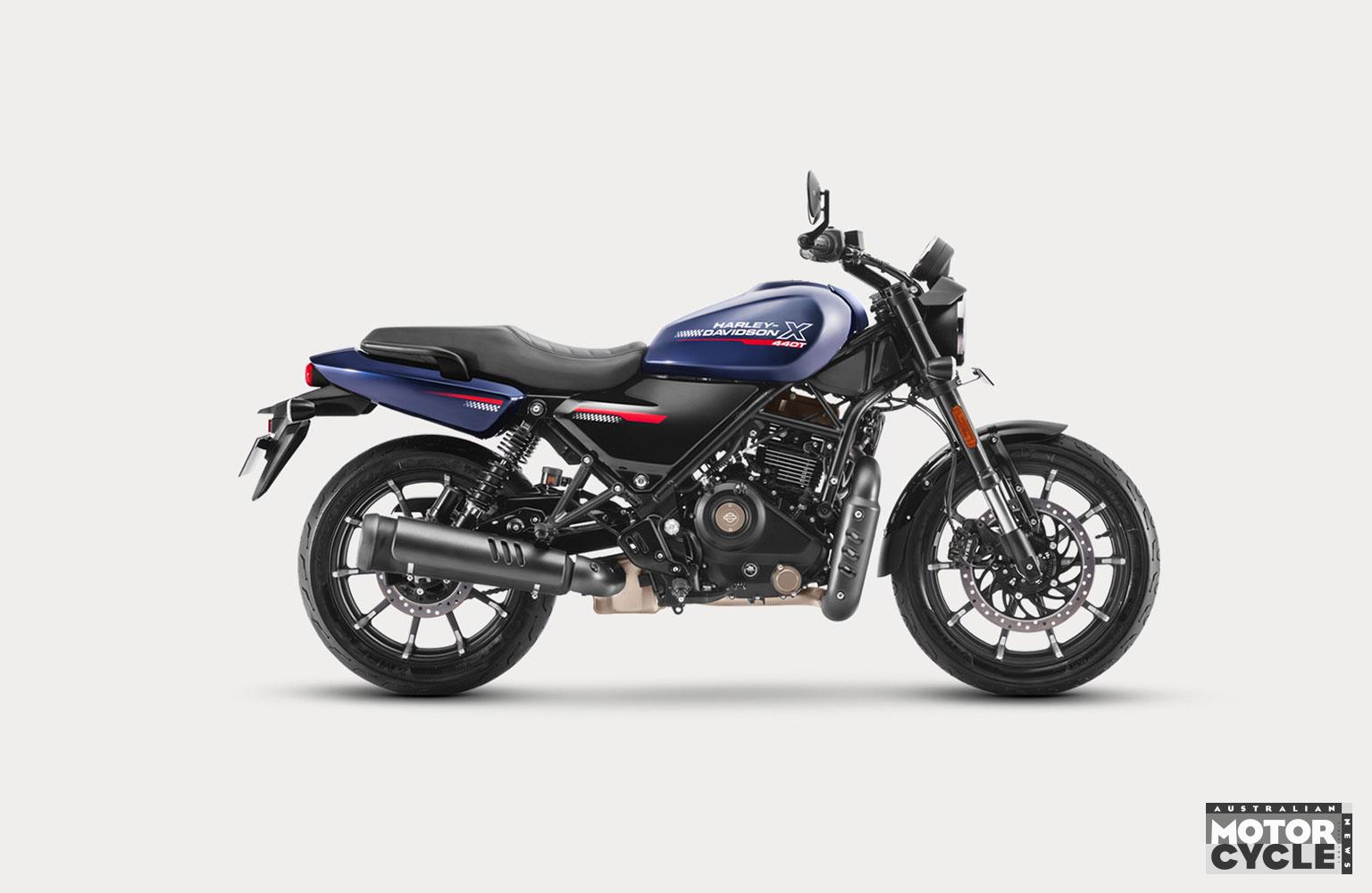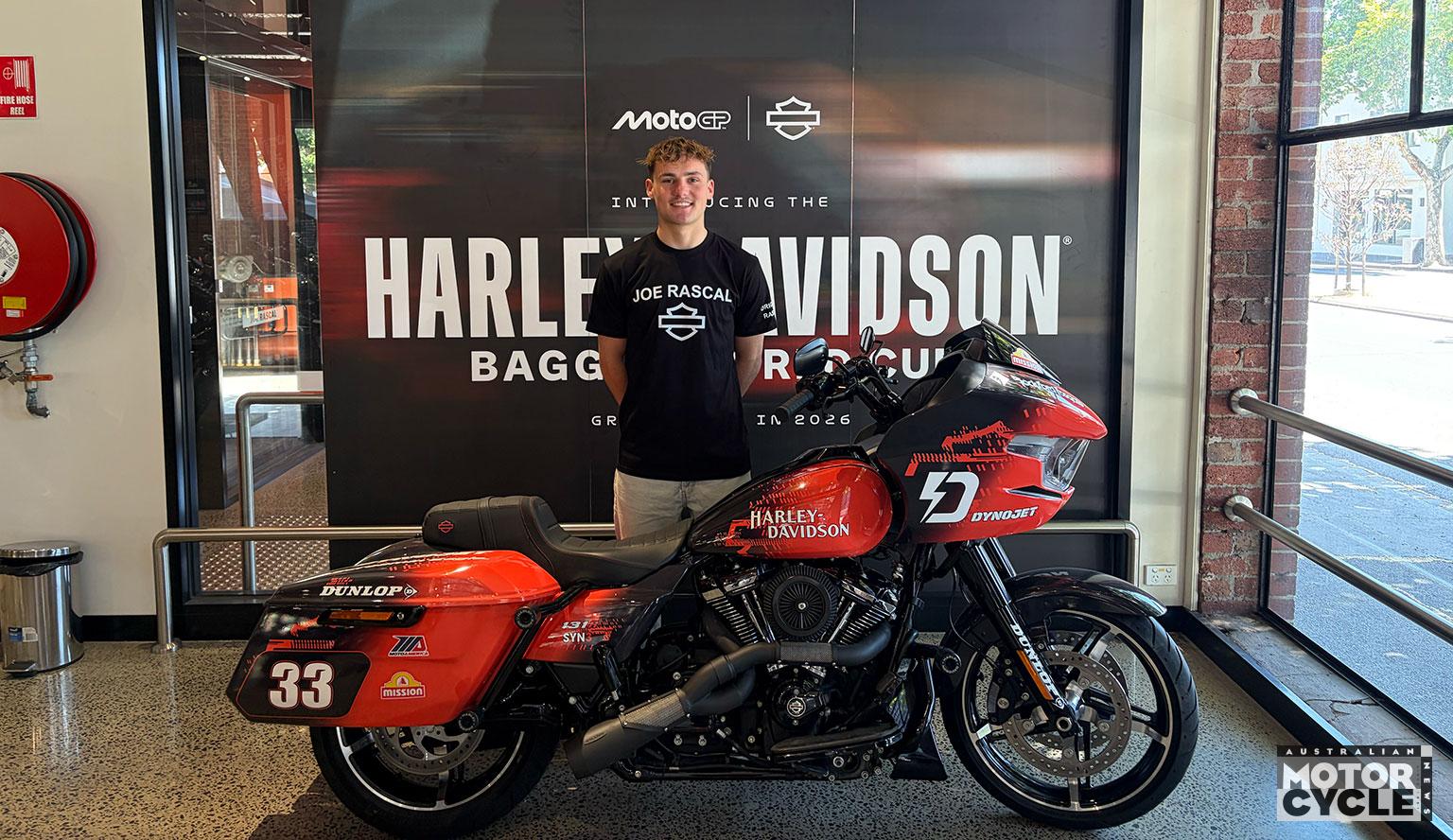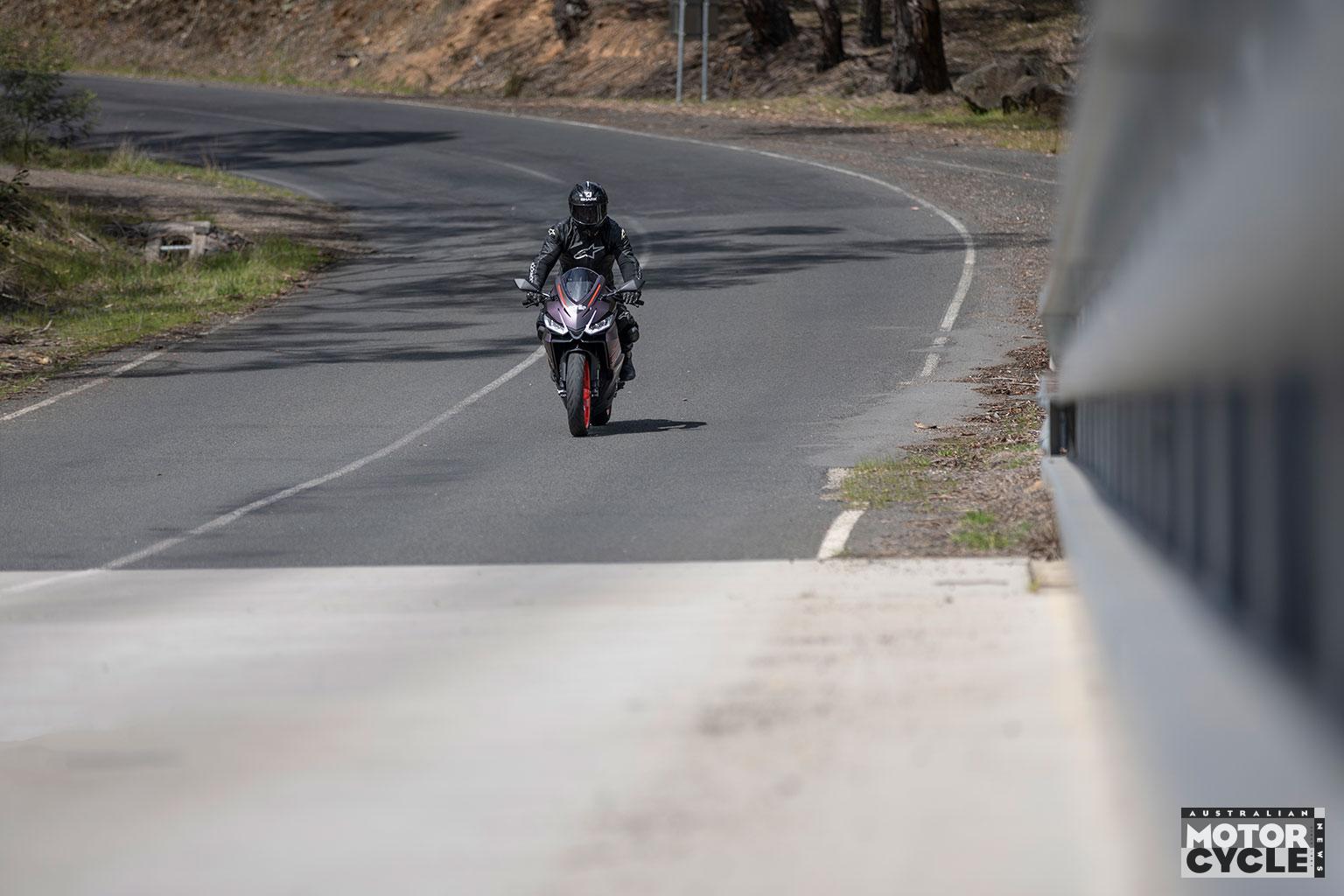Road version of WorldSBK contender has radical aero but an affordable price tag
Bimota’s return to the Superbike World Championship is already creating concern among its rivals in early testing, thanks to the single-minded design of its KB998 racer.
Now the homologation-required road version, which has to be sold under a WorldSBK-imposed price cap of 44,000 euro ($A71,400), has been revealed.
During recent tests, the KB998 was instantly on the pace, with riders Axel Bassani and Alex Lowes topping the timesheets at Jerez in October during the race version’s first run. The production model, unusually revealed after the racer, hints at how it achieved that immediate success. Details include structural carbon fibre for the seat unit, a MotoGP-style swingarm with underslung bracing and a huge array of chassis adjustability.

Showa suspension and Brembo brakes, allied to a dry weight of 195kg, are on a par with expectations in this category, but less familiar is the KB998’s aero, claimed to include winglets that are “able to automatically maintain the optimal angle at all times” – implying they’re electronically adjustable even when the bike is moving to maximise downforce when it’s needed and reduce drag when it’s not.
Both BMW and Honda have filed patent applications for similar tech, but this will be the first time it’s been used on a production Superbike. Importantly, WorldBSK rules permit active aerodynamics provided the same kit is fitted to the homologated version.

Power comes from the same 147.1kW (197hp) four-cylinder engine used in the ZX-10RR, already a proven winner in WorldSBK that meets global emissions limits.
Four-cylinder, 1000cc superbikes are operating in a rapidly diminishing global market. Where the Japanese once dominated now European marques – Ducati and BMW – are winning both on the track and in the showroom. Suzuki and, for 2025, Yamaha have pulled their litre superbikes from the European market, unable to justify the expense of updates to meet tough emissions rules, while customers flock to buy Panigales and S 1000 RRs. Here’s where Kawasaki’s strategy makes sense. It’s pushed its works WorldSBK effort across to the Bimota project, giving a high-end, European flavour to the production bike. Thanks to a higher selling price, the Bimota should be profitable at lower volume than the ZX-10RR – allowing more regular race updates.
At least 500 are required to be made – 125 by early next year, 125 by the end of 2025, and 250 during 2026.


